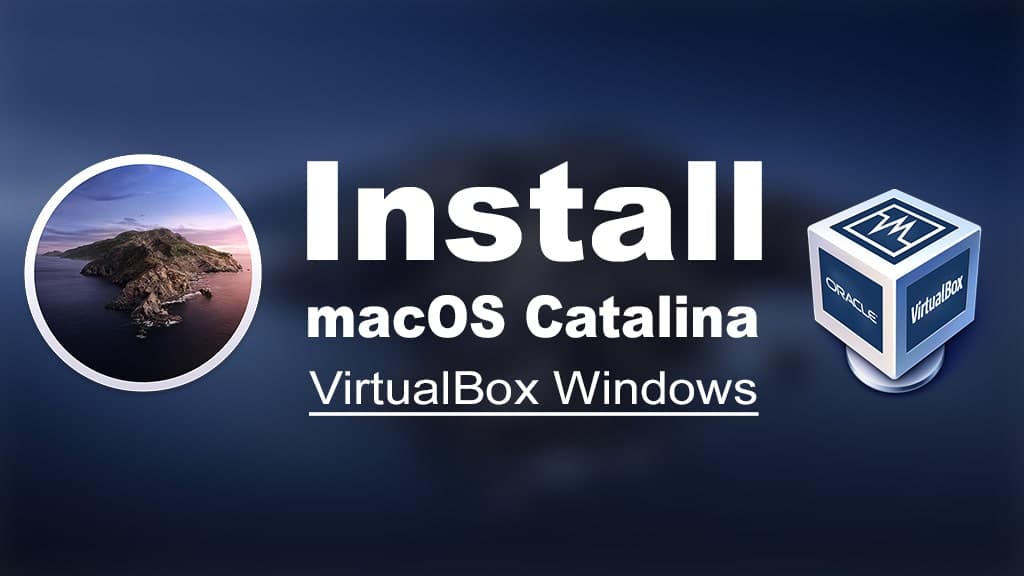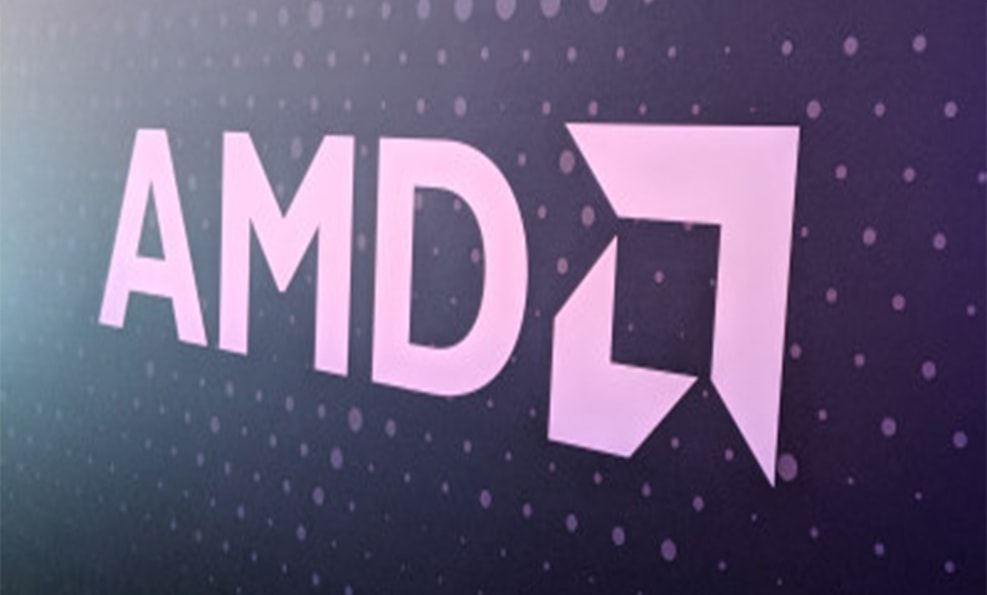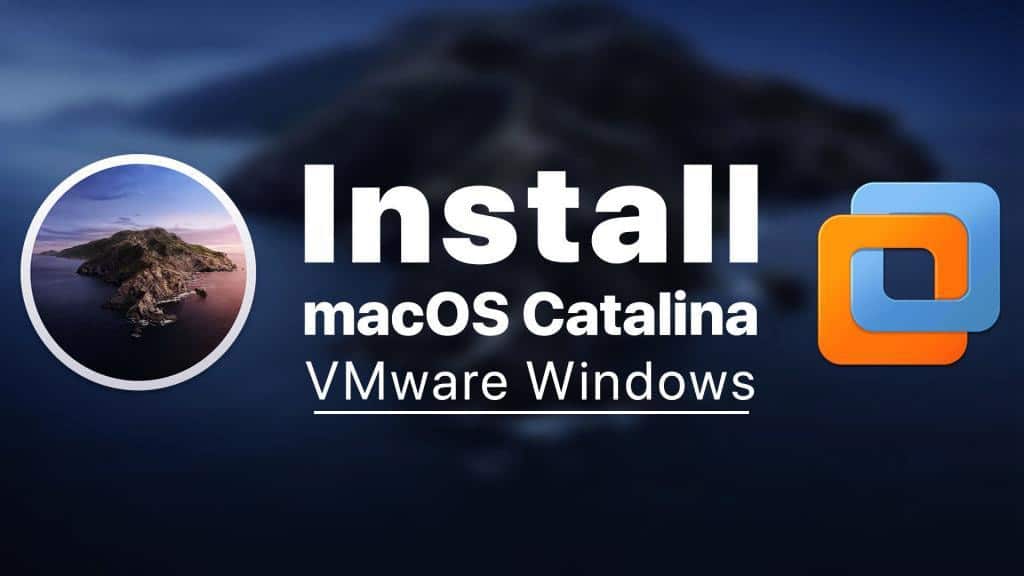Data, as the saying goes, is the new oil: an incredibly valuable commodity when properly refined, which has driven upwards the bottom line of some of the world’s most valuable companies, while providing society with no shortage of benefits.
It’s therefore, no shock to hear that, due to its intrinsic value, data protection matters. Data protection refers to the process of safeguarding sensitive information against loss, corruption, or damage. Failure to do so can result in reputational damage to companies, as well as the erosion of customer trust, alongside other financial and, sometimes, competitive advantages. The more data that’s gathered, and the more that users and organizations rely on that data, the more valuable it is — and the more important proper data protection measures are.
Two increasingly common terms you’ll hear around data protection are tokenization and encryption. Both are branches of cryptography but take differing approaches. What does each term mean? How are they each used? And what other tools are available to help with data protection? Read on to find out.
Table of Contents
Encryption
You’re most likely familiar with encryption. Encryption keeps your sensitive data private by encoding it with a key. This is done using a mathematical calculator that replaces text in a text string with other characters. This can be done in a variety of different ways, depending on the algorithm used.
The two main approaches are referred to as symmetric and asymmetric encryption. The fundamental difference between these approaches involves the number of keys for encrypting and decrypting the message. While symmetric encryption has only one key that’s used for both encrypting and decrypting electronic information, asymmetric encryption uses two. The advantage of asymmetric encryption is that it is the more secure approach out of the two, but it is also slower.
What both approaches share, however, is that they rely on keys. Anyone with access to these keys are able to reverse the encryption process and retrieve whatever text has been protected using them. For this reason, bad actors focus on breaking encryption keys, since this allows them to see whatever information has been hidden in this manner.
Tokenization
Tokenization is also a form of cryptography but differs from encryption in some ways. While encryption is based around keys, tokenization is based on, well, tokens. The tokenization approach involves generating a random token value for plain text. Tokenization is best used for hiding structured data fields like the details of payment cards.
Unlike encryption, tokenization involves no algorithm or key that’s used for determining and transforming whatever the original data was into its encrypted form. Rather, it uses a database — or so-called “token vault” — for storing information regarding the relationship that links the token and the data it’s protecting. This information is often encrypted to add an additional layer of security.
The big advantage of tokenization from a security perspective is that there’s no relationship that connects the token to the data it represents. Even if it’s somehow breached by attackers, it’s useless since it cannot be reverse-engineered to reveal the real values.
Solving the problem
Encryption and tokenization both help attack the same problem of data protection and data privacy, but in different ways. They also have different advantages and use cases. For example, encryption is frequently used for longer strings of unstructured text, while tokenization is utilized for structured data fields such as Social Security numbers.
The asymmetric key encryption approach, meanwhile, is used for identity validating techniques such as SSL certificates, a digital certificate designed to authenticate the identity of a website and enabling encrypted connections.
The right tools for the job
With data protection more important than ever, it’s essential that organizations develop an effective data protection strategy. After all, with the potential damage that can result from data breaches this is one of the biggest cybersecurity threats businesses face. Different approaches to cryptography are one piece of the puzzle. But there are other tools that can be drafted in to help as well.
Data privacy policies should address data security (meaning the protection of data from damage), data availability (being able to quickly restore that data if it is damaged or lost), and data access control (meaning making sure that data is available to those who need it — and no-one else.) Alongside taking advantage of the availability of the latest encryption and tokenization developments, consider tools and offerings like Disaster Recovery as a Service (DRaaS), Copy Disaster Management (CDM), database firewalls, data masking, Data Loss Prevention (DLP), Web Application Firewalls (WAF), and more.
The threat of data breaches is massive — and getting worse all the time. With so much potential damage to be inflicted, bad actors and other malicious hackers aren’t going to stop trying to find ways to steal or otherwise access information that’s not theirs.
Fortunately, the means by which to safeguard against such attacks have never been more sophisticated. If you’re not already employing some of (or all of) them, there’s no better time than the present!














